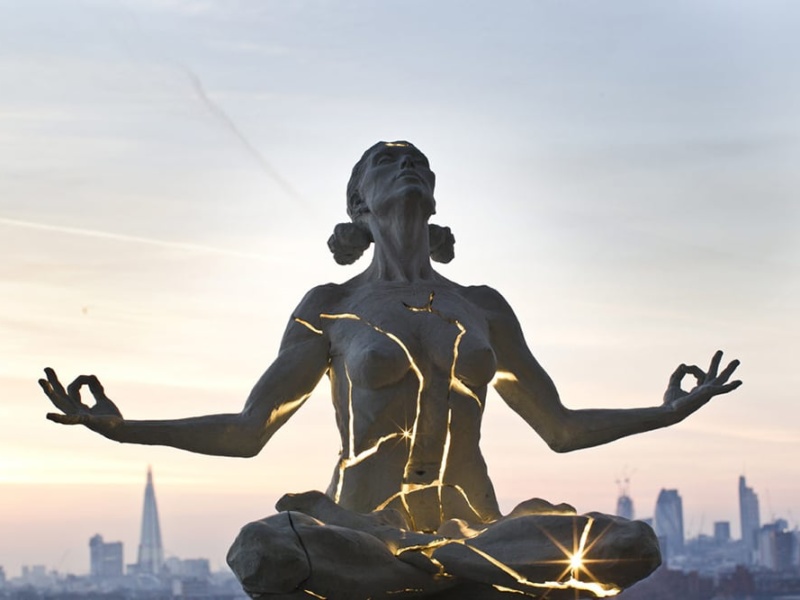Sculpture is one of the most magnificent art forms. They can be imposing, diminuitive, bold, tranquil, playful… indeed bringing any form to life. There is something wonderful about walking down a road and stumbling upon a fabulous street sculpture; or gazing at a splendid form in a home, exhibition or art gallery. For International Sculpture Day, which falls on 24 April, I asked people to choose some favourite sculptures from anywhere in the world, and explain why they inspire them. Here’s what came up:
Kelly Dickinson-Lord: Ross on Wye, UK
“I love Fearless Girl, created by sculptor Kristen Visbal and erected in Bowling Green, on Broadway, New York in honour of International Women’s Day. It shows a girl facing down the Charging Bull statue. It inspires me because it’s about feminine strength, standing up to fear, standing up to power and being able to find in yourself the strength to do what’s right. In 2018 it was moved to outside the New York Stock Exchange.”
Jason Lai: Singapore
“In ‘The Gardens by the Bay’, Singapore, sit these spectacular structures, the Supertree Grove. They are teaming with over 162,900 varieties of bromeliads, orchids, ferns and tropical flowering plants climbing 25 metres into the air. I love the way these Supertrees reach upwards to the stars and outwards to provide some cover for those beneath, and at night they give off a beautiful glow which melts into the sky. They stand proud and tall as if to honour the natural trees that surround them. The grove is a marvel of man-made and natural beauty in beautiful harmony.”
Uwe Juergen Bauer: Berlin, Germany
“I have chosen a sculpture, Five Brushstrokes (1983-1984, fabricated 2012), from my favourite POP art painter Roy Lichtenstein, from the Indianapolis Museum of Art, USA. It consists of five separate elements of painted and fabricated aluminium and steel. The brush strokes shine an easiness and happiness. They are simple and complicated / complex at the same time. Only using red, white, yellow and black, they provide sharp contrasts and defined outlines. In good-old POP art tradition, the brush strokes do have this WOW effect for me.”
Jacki Nicholas: Sydney, Australia
“Two of my favourite sculptures are in Singapore and are very different to each other. The first, First Generation (2000) by Chong Fah Cheong, is a reminiscent piece about the old Singapore. Outside the Fullerton Hotel, it is of five boys jumping into the Singapore River. It depicts a lighter time when there were no toys and children played in the river. In 1983, families, hawkers and bumboats were all moved from the area under the Clean Rivers project. The second is part of the Tai chi series by Taiwanese sculptor Ju Ming in the Botanic Gardens. Despite its grand scale and box-like appearance, it depicts the simplicity, grace and flow of this meditative practice.
Jo Tansy: Singapore
“One of the most interesting sculpture parks I’ve ever visited is Memento Park in Budapest. After the fall of communism, many statues and monuments were destroyed, however in Budapest they were removed and later put into one open air museum. The huge size and body language of the sculptures were all part of the communist propaganda. I’m very glad they weren’t destroyed as they were in other places.”
Woon Tai Ho: Singapore
“L’acrobate by Maura Corda is a bronze and gold leaf sculpture I have in my home – an acrobat on the verge of diving off. It is one of my favourites. It’s an inspiration on the eve of every important occasion in my life – of concentration, of preparedness, of not needing to fear. It is a small sculpture on a 7 foot pole. It has a great view of the city and every morning when I greet it, it says ‘Get ready. It’s a new day.‘”
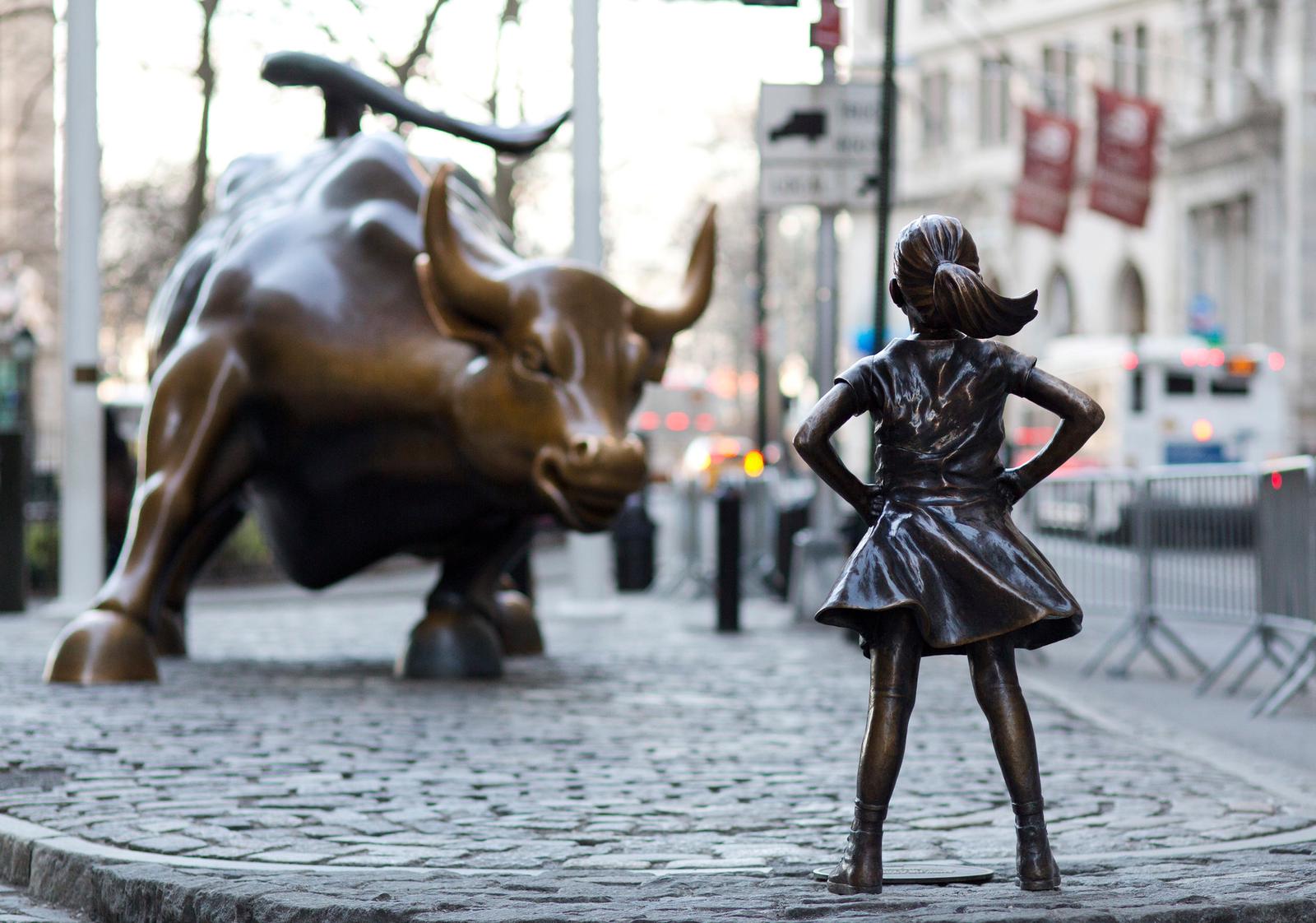
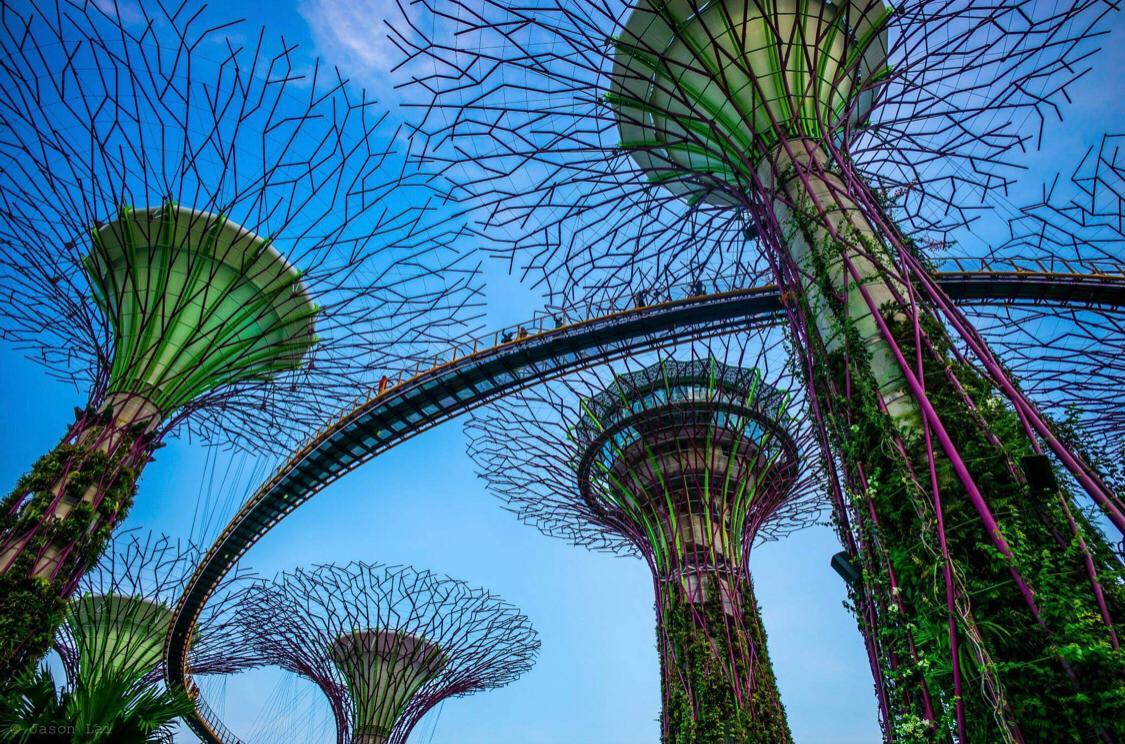
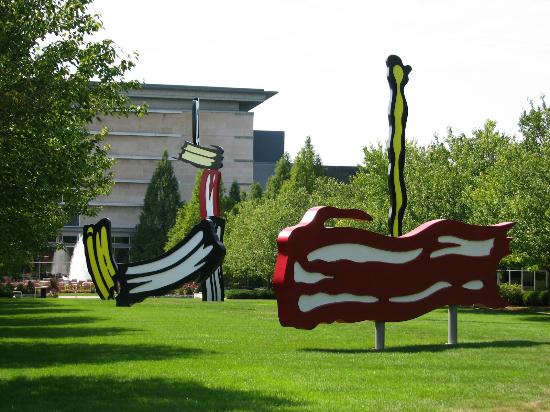
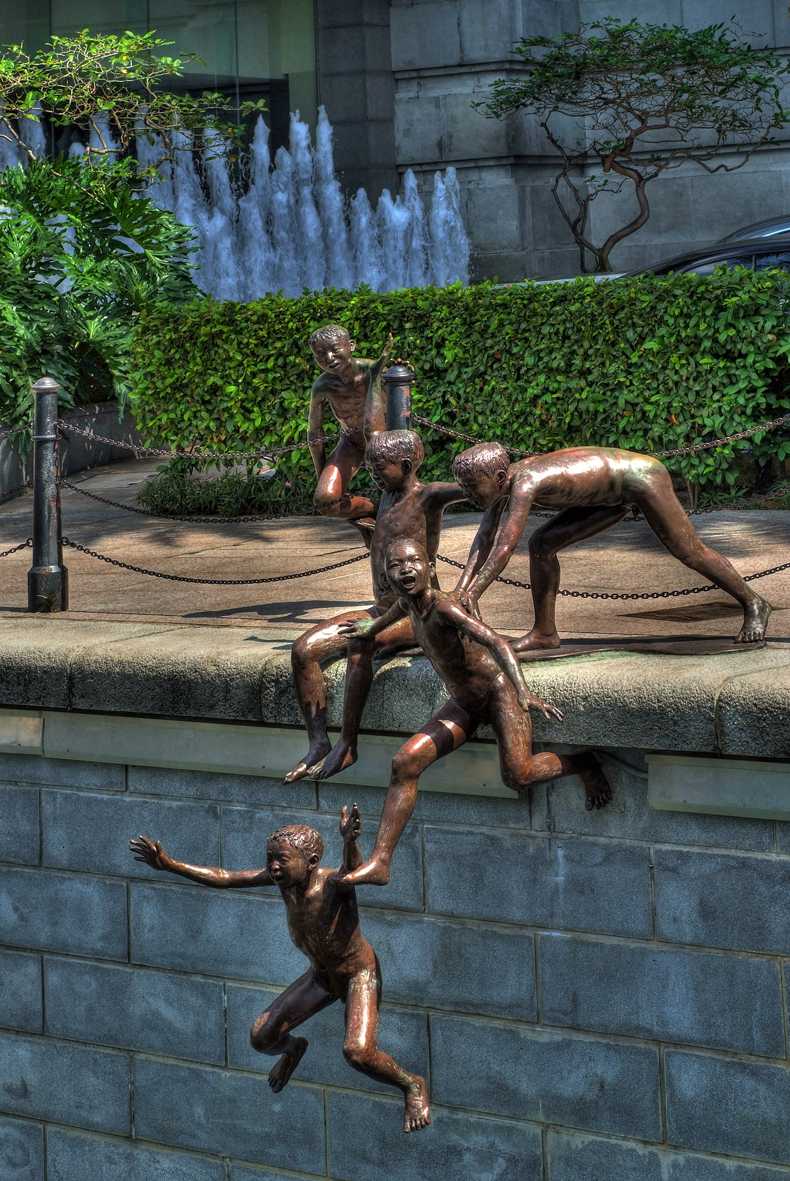
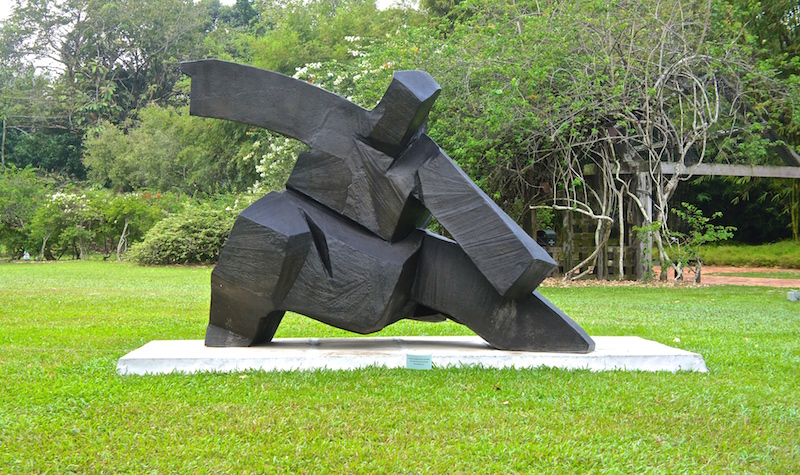
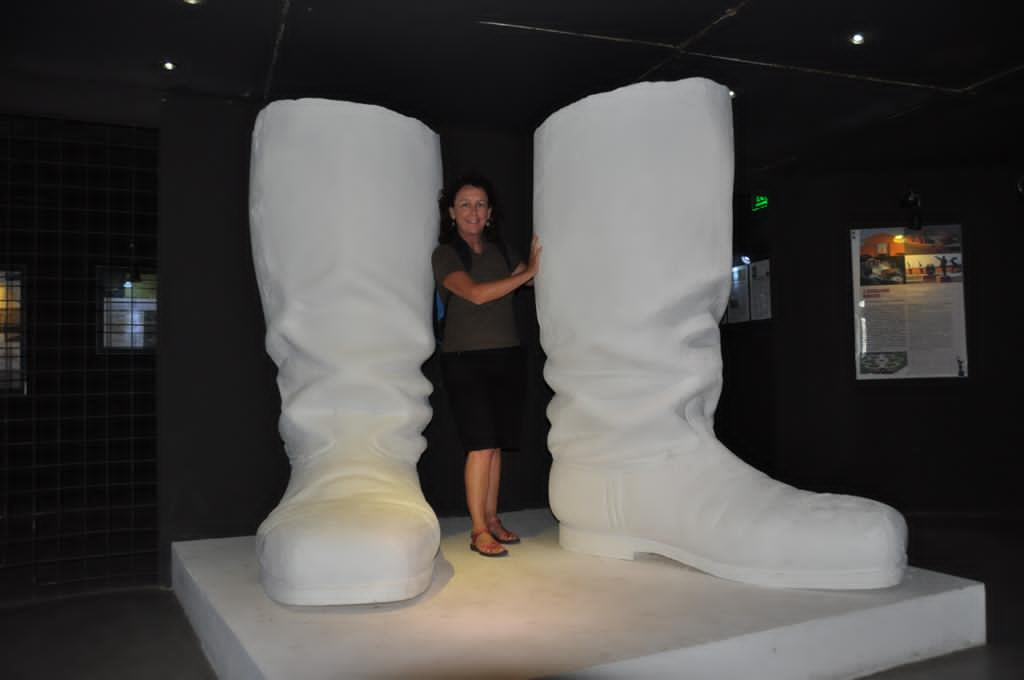
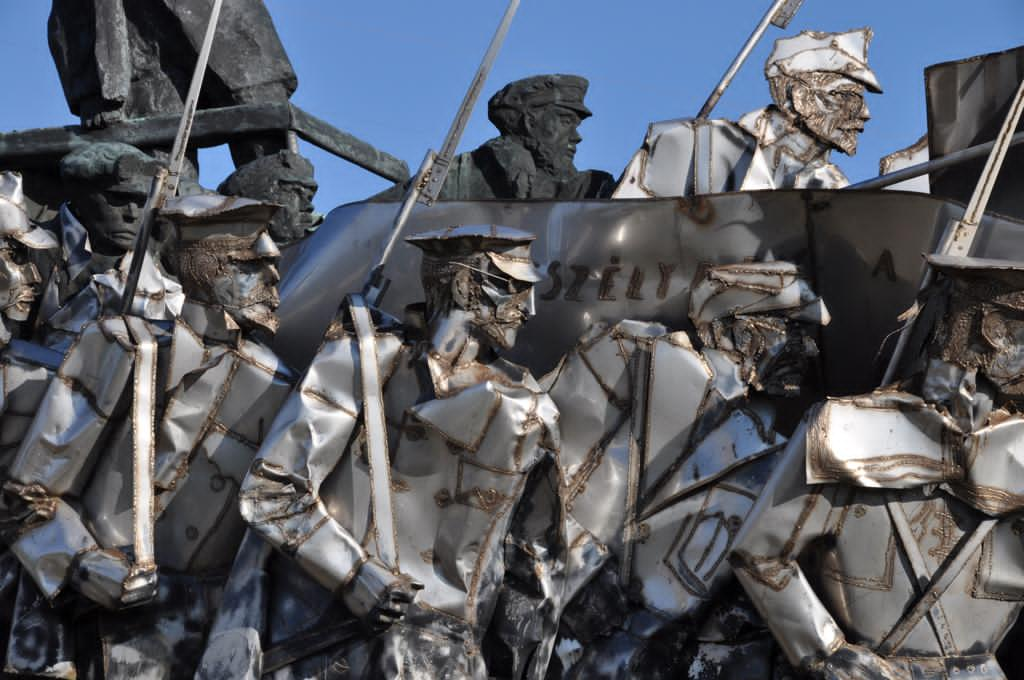
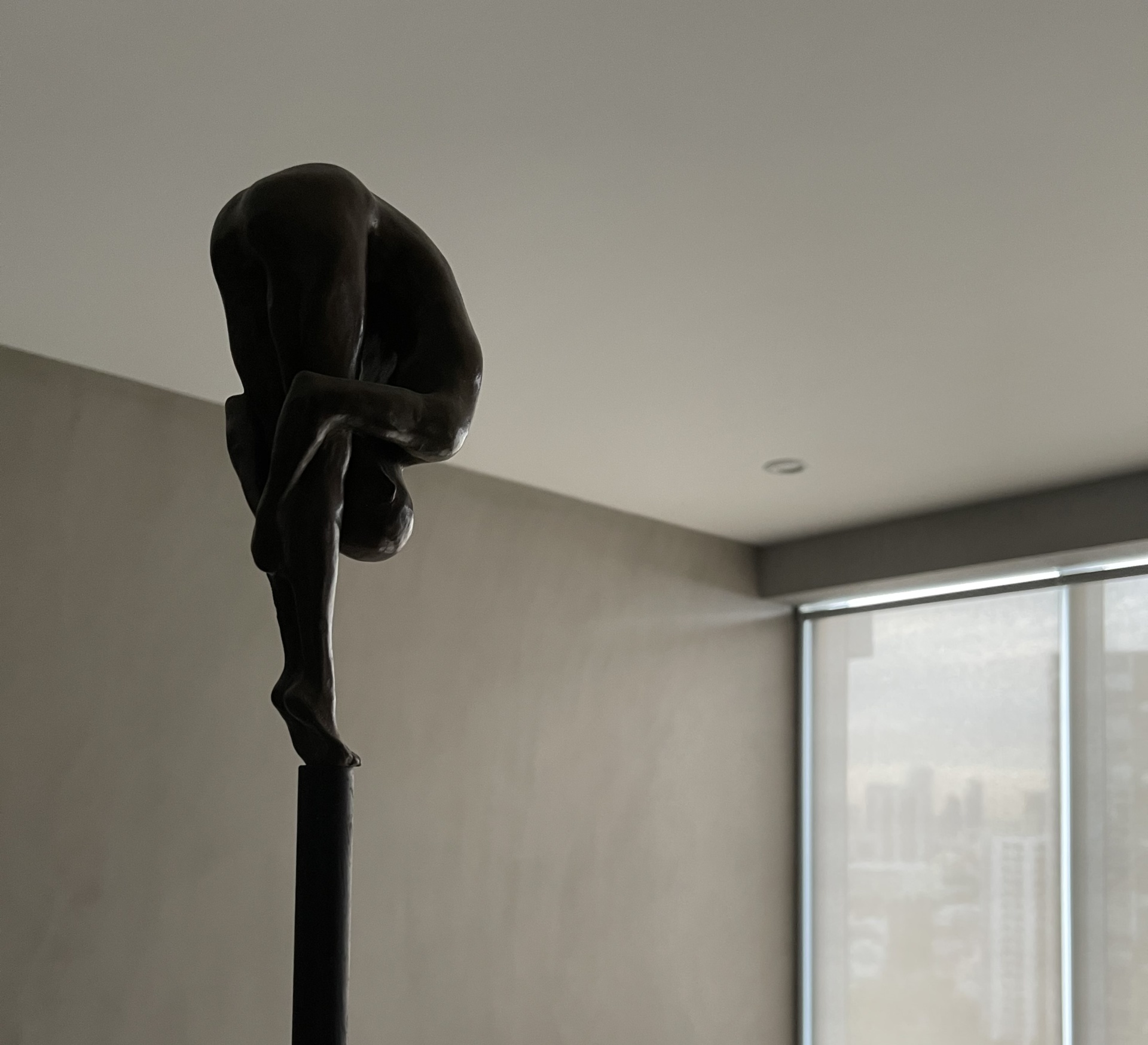
Andrea Brandle: Toronto, Canada
“My favourite sculpture is a huge, bronze cat by Fernando Botero. I stumbled upon it while wandering around the Ravel neighbourhood of Barcelona, Spain. I didn’t know anything about the sculptor until years later when walking with friends who owned Singapore’s IKKAN Gallery. We came across a bronze culture of a bird that had the same ’roundness’ and ‘smoothness’. That’s when Ikkan told me all about the Columbian sculptor, Botero. The cat is significant to me because I am rather fond of cats but mostly because I ‘discovered’ it!”
Patrick von Sychowski: London, UK
“The eye-catching bronze sculpture on UN Plaza in Manhattan, New York, is called Non-Violence, though is better know as The Knotted Gun. Created by Swedish artist, Carl Fredrik Reutersward, it is an enormous .357 Magnum revolver with its muzzle tied in a knot. Its message is simple and timeless, which is perhaps why there are more than 30 copies of it in Sweden, China, India, Mexico, Lebanon, Northern Ireland and other countries. I remember, as a child, when our Prime Minister, Olof Palme, was shot and killed one night on a street in Stockholm. This sculpture always reminds me of those we have lost too soon due to such acts of violence.”
Ian McDermott: Cremorne, Australia
“Cristo Redentor (Christ the Redeemer) on Mount Corcovado in Brazil inspires me with its magnificent location and size. The angle of the outstretched arms, forgiving and welcoming at the same time, signifies a love that does not discriminate. Located about a city full of poverty and corruption, there isn’t a place on earth that needs what this statue represents more than Rio de Janeiro.”
Paula Rawlins: Greystones, Ireland
“I live in Greystones County Wicklow in Ireland, where those mystical leprachauns live! Greystones is about 24 km outside Dublin. I moved here a year ago in 2020 and discovered this wonderful sculpture of the Beach Bear by Patrick O’Reilly. I loved it at first sight as it took me back to my childhood when you would go to the beach with your bucket and spade and build sandcastles. It truly stands out as you approach it and it looks even more magnificent at sunrise and sunset. I’m sure there there are many photographs of this special bear taken by numerous visitors since it’s arrival. It makes a great backdrop surrounding the whole family for that special photo!”
Clare Verngreen: Darlinghurst, Australia
“The English Channel by Michael Parekowhai, a New Zealand artist of Maori and European descent, is an arresting sculptural presence in the Art Gallery of New South Wales collection. The figure, with ponytail and flowing topcoat is the British explorer, Captain James Cook. It’s a very different depiction than many other monuments that bear his name. Cook rests on a sculptor’s working table, feet dangling, eyes cast down, almost as if he’s reflecting on his legacy to the modern world. To see such a magnificent sculpture, with its dazzling surface reflecting everything around, is a memory that has stayed with me over the years.”
Sangeetha Madhavan: Geisenheim, Germany
“Han Sai Por’s Seed sculptures evoke strong memories of my two decades in Singapore. Its tactile form connect me to the nature, culture and people of Southeast Asia. All the landscapes my family, good friends and I spent our time amongst – Macritchie Reservoir and the thick forests around it where my daughter took her first steps, the Botanic Gardens where we picnicked with friends and listened to many outdoor concerts, the saga seeds scattered around our neighbourhood that we collected, to all the artists I had the fortune of meeting during my work as an arts journalist and the countless shows I watched at The Esplanade and the waterfront. And the fact that I took the cutest picture of my daughter, Samira, sitting on one at the Esplanade when she was little!”
Gregoire Amigues: Vietnam
“I think of Pieta by Michelangelo as illustrative of the article ‘Truth and Compassion’ by AH Almaas. Pieta’s face shows a mixture of pain (her loss is undeniable), of tenderness (love is palpable), and of acceptance. How on earth can a mother accept the death of their son? Well, this is where I believe truth come into play: her son had his own way, and life, and mission. He did what he had to. Maria did not oppose that vocation. She acknowledged the boundary between her own life and her son’s mission on earth. She admitted the truth that they were two separate beings. Love is not only about protecting our loved ones; it also includes respecting their own truth or reality or choices. Sometimes, letting someone suffer their truth, sometimes even at the risk of death, while staying next them is the highest level of compassion possible.”
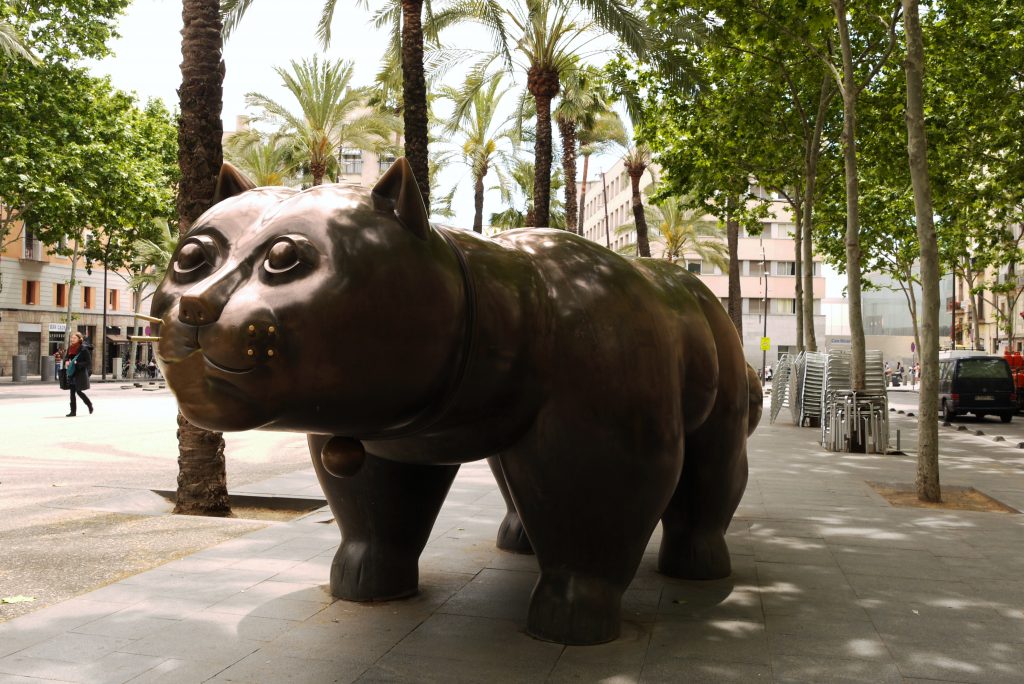
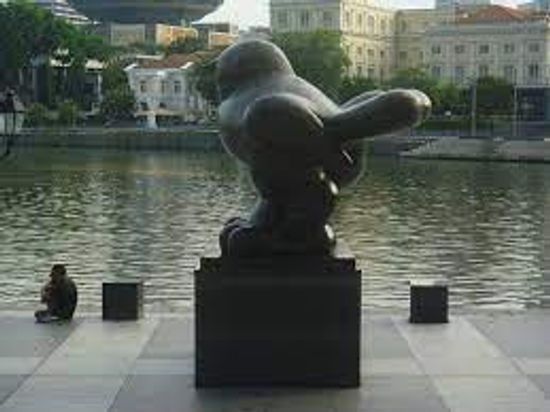
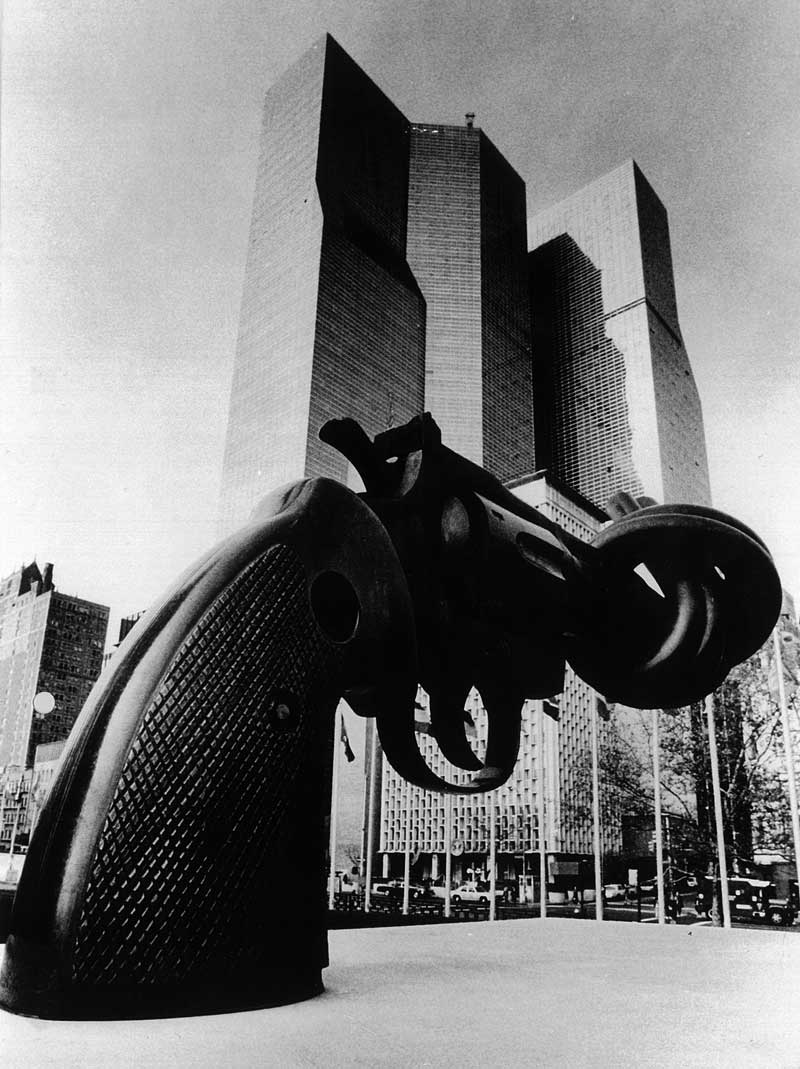
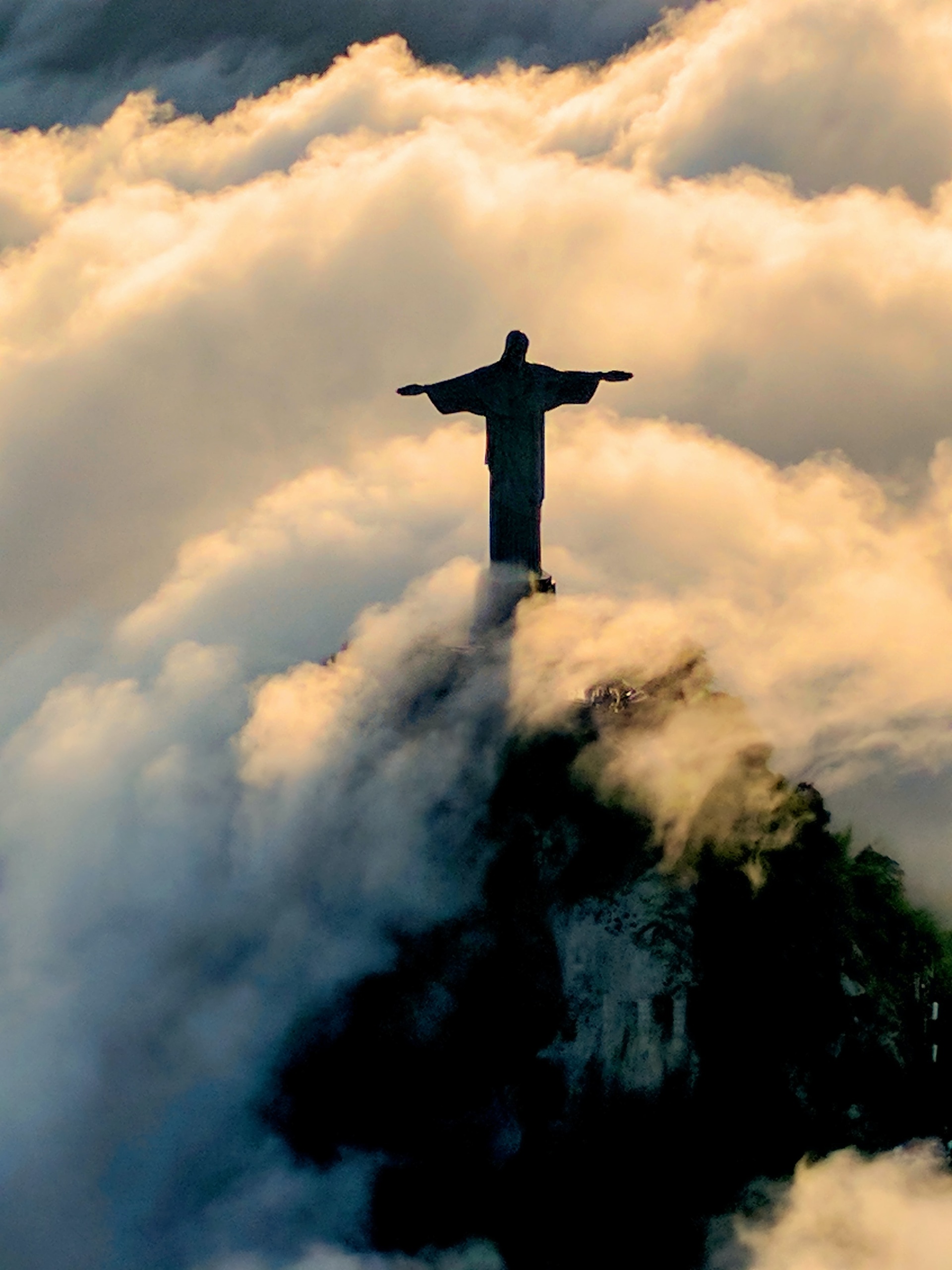
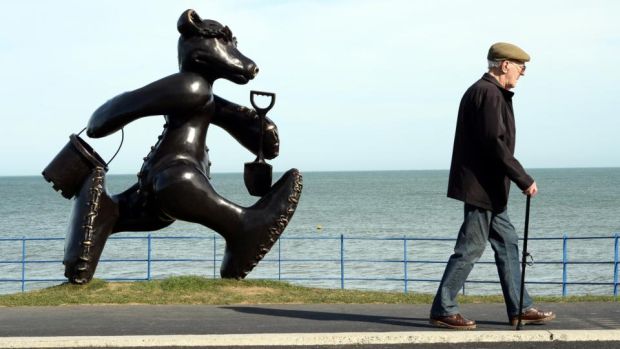
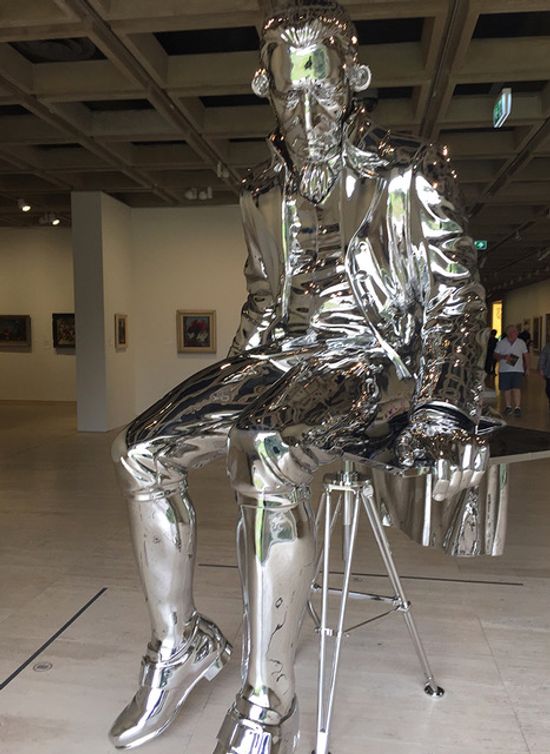
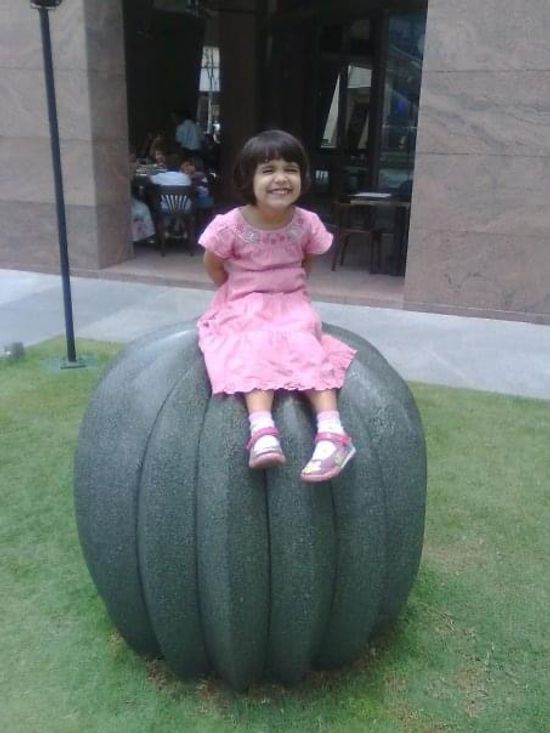
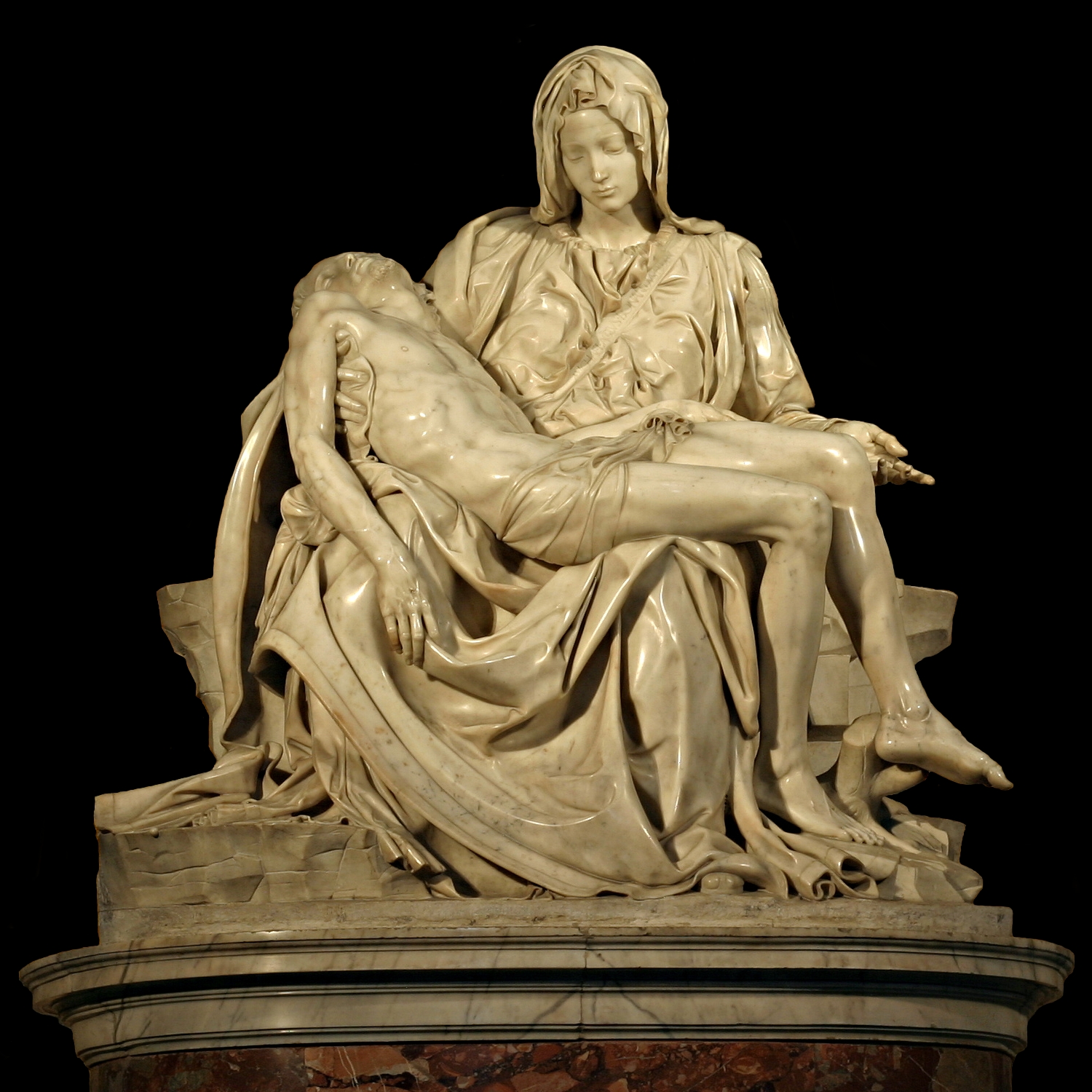
There is something, I believe, about the sheer physicality of sculptures and structures that stirs us in a different way than a painting or other art from does. Their impact is almost visceral or somatic – affecting our body in some way. The fact that they are 3-dimensional and that we get to walk around them stimulates our sense of spaciousness and space, which makes us aware of our own body. If we’re lucky, as with many of these public sculptures, we can interact with them physically, touching and feeling them. Many sculptures are also quite grand in stature, and and this influences and can expand our perspective as we look at them. In these ways, sculpture can open us up to many of our senses and emotions, in a way that is evocative and fresh.
As you can see from people’s responses, their reaction to ‘their’ sculpture is much much more than what is physically there – it is intensely personal. Everyone has a unique interpretation and interaction with it. For some, it acts as an inspirational reminder to be a certain way; for others, it brings back memories of places and people past; while for others, it reminds them of a very particular time and feelings that were evoked; and yet for others, it is a playful association. Indeed, our reactions to sculpture are as varied as we are, and are therefore very human.
In inspiring our consciousness in these ways, sculpture can be do wonders for our physical, mental, emotional and spiritual health. Indeed, studies have shown that looking at works of art triggers the release of dopamine, a neurotransmitter which impacts our feelings of pleasure. Viewing art allows us to touch into often less articulated feelings such as empathy, tolerance, sorrow and concern for the world, nature and people beyond ourselves.
What are some of your favourite sculptures? Tell us how they have moved you at hello@perspicuoushealth.com.
*Vox pop is a shortened version of the Latin vox populi, which translates as the ‘voice of the people’ or the ‘person on the street’. It was a term used by Sir Francis Galton on 7 March 1907, to indicate a way of finding the truth through the wisdom of the crowd, for guessing in a weight-judging contest. Today it’s a media term for interviewing a range of people on a particular topic. At Perspicuous Health, we use it to tap into the thoughts, opinions and wisdom of our readers and followers. If you’d like to be invited to one of our vox pop, email us at hello@perspicuoushealth.com with some of the topics you’d be interested in.
